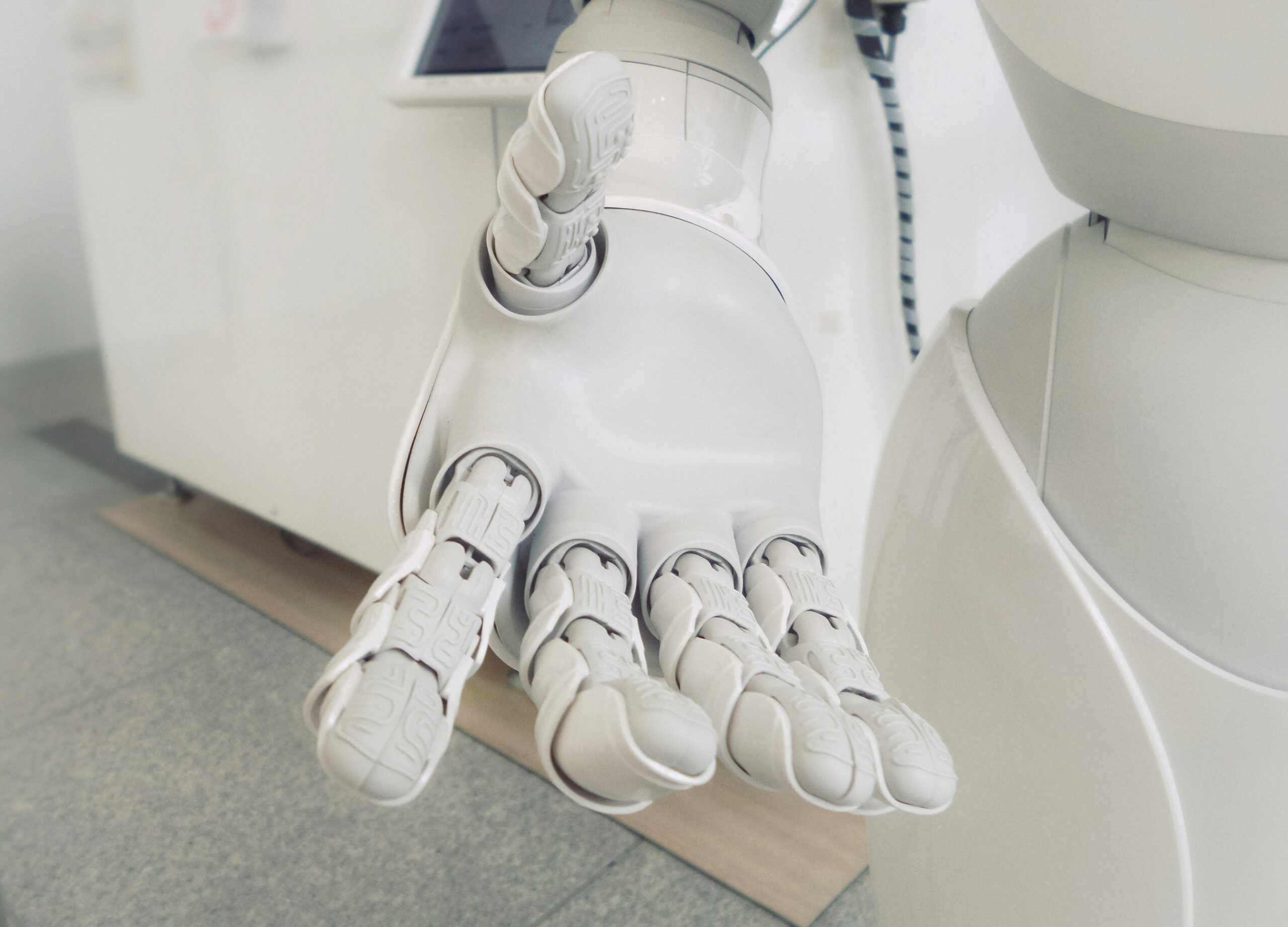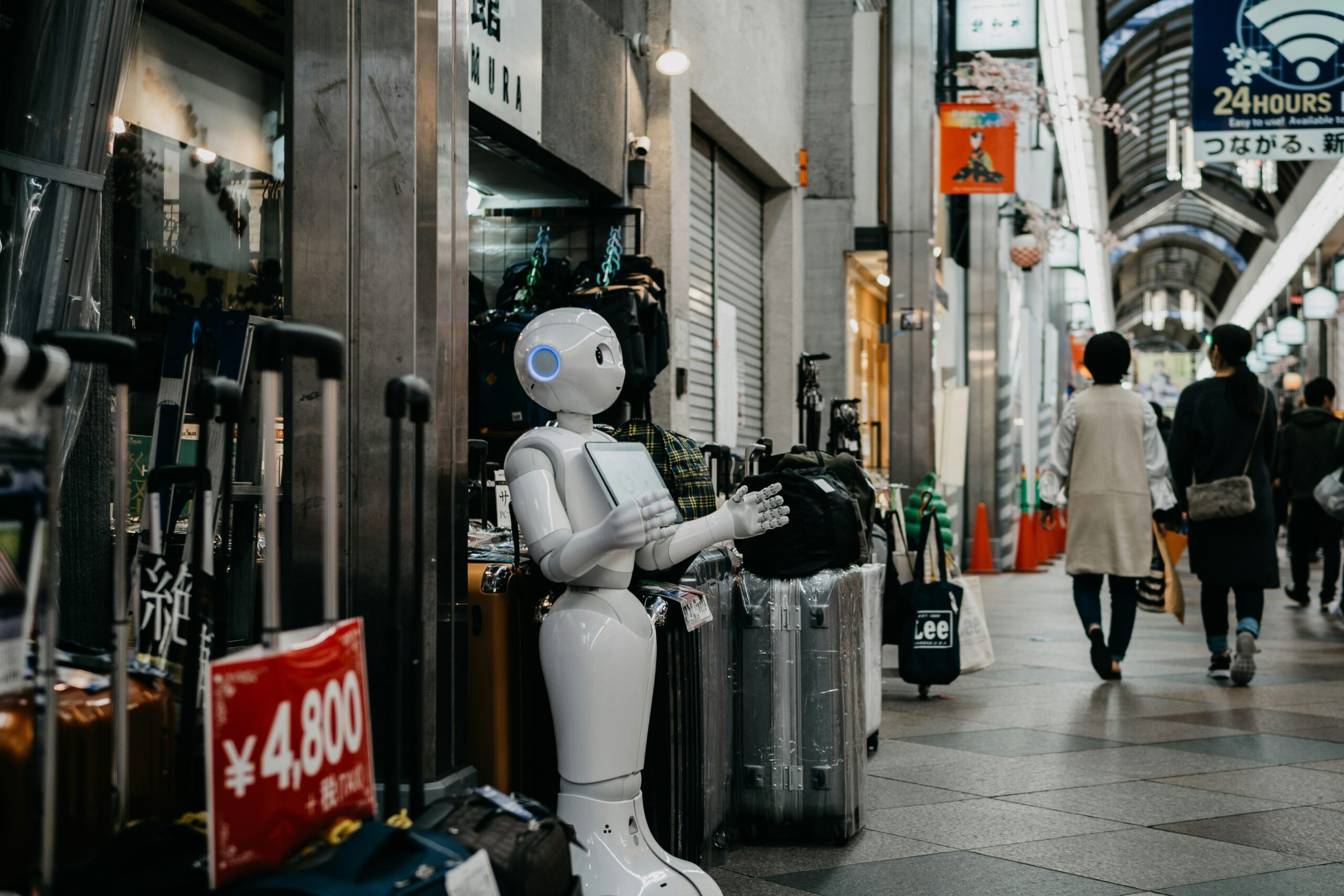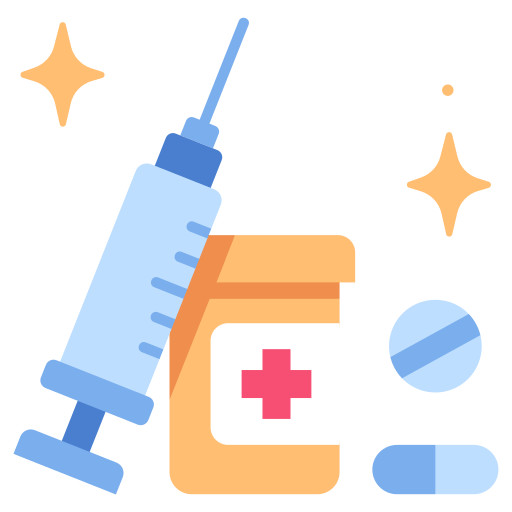Machine learning (ML) has become an essential tool that many businesses and researchers in today’s age use. It assists computer systems through algorithms that imitate how humans learn, which drastically improves performance and productivity across many industries. According to the Sloan School of Management at Massachusetts Institute of Technology (MIT), the machine learning definition is the process of giving machines the capability to imitate intelligent human behavior.
ML even contributes to the healthcare industry regarding the development of diagnostic tools, and treatment plans, and enhances the precision and efficiency of medical processes. Meanwhile, financial institutions can use ML for fraud detection, risk assessment, and algorithmic trading, which has revolutionized navigating through market complexities. ML’s integration into customer service has led to the creation of intelligent chatbots capable of understanding and responding to user inquiries with remarkable accuracy without having humans command or instruct them.
ChatGPT and similar Artificial Intelligence (AI) text generative systems based on Large Language Models (LLMs) have made all the buzz in recent years. Unbeknownst to the public who just recently learned about artificial intelligence, ML has been gradually transforming and shaping the landscape of various applications and businesses in the technology era before the rise of generative AI. Regardless if you’ve heard the term before, its impact is so evident across a multitude of sectors ranging from personalized recommendations on streaming platforms to optimized supply chain logistics in large enterprises. In this blog, we’ll be highlighting what is ML and its applications.

ML Applications and Real-World Use Cases
Machine learning is ubiquitous in several applications people use daily without even realizing it. So what is ML used for? If you have ever wondered what technology is behind some of the personalized recommendations on streaming platforms like Netflix or music streaming services like Spotify, it’s ML. These platforms and many other similar ones use ML algorithms to analyze user preferences and behaviors to suggest content tailored to that user. Even the most well-used search engine, Google, employs ML software to enhance search results, predicting and displaying the most relevant information based on past searches and interactions.
Social media platforms also leverage this technology for content curation. Posts and advertisements are prioritized on the feed based on past engagement patterns. Even virtual assistants like Siri, Alexa, and Google use ML algorithms to understand and respond to queries or commands. ML is even used to create some of the best premium AI detectors like AI Purity!
In this blog, we’ll enumerate all the ways ML has permeated various aspects of daily life, optimizing experiences, and how it creates personalized solutions for many.
Common Areas Where ML Is Used
- Image Recognition
Machine image recognition is the process of computers identifying images independently. Computer systems can now identify and categorize objects, people, a variety of entities, and other image variables. Since machine learning allows computers and systems to have the ability to learn to recognize patterns, it can help systems identify images. This technology is used in various cases like predicting traffic patterns, unlocking cellular devices through facial recognition, and so much more. - Recommendation Systems
Recommendation systems are used in well-known music and video streaming services, online stores that push out recommended products, and social media platforms. A recommendation system leverages ML to provide personalized recommendations to different users based on their preferences, usage patterns depending on the platform, and past purchasing behaviors. - Self-Driving Cars
Mindy Support, a top-ranking artificial intelligence company and a global provider of data preparation and data annotation services shared how they help train ML algorithms that power self-driving cars’ decision-making. Thanks to Automotive Artificial Intelligence, self-driving cars can gather data about their surroundings from sensors, cameras, and radio waves and interpret that data through ML-based algorithms so they can identify objects on the road, interpret situations, and make decisions on the road without a human present. - NLP (Natural Language Processing)
NLP is an interdisciplinary subfield of computer science and linguistics that allows computers and systems to understand and interpret human language. According to Turing, by using machine learning, NLP enables machines to understand the complex way humans communicate with one another. Today, NLP is incorporated into popular virtual home assistants like Alexa and Siri. This technology is also responsible for speech recognition, which enables a machine or program to identify words spoken aloud and convert them into readable text.
Machine Learning Applications
(You Might Have Not Been Aware Of)

Social Media (Facebook, LinkedIn, and Spotify)
ML is behind many important algorithms that work in social media platform engines, such as feed recommendation, and image recognition responsible for automatic friend-tagging in photos. Another example of ML technology being leveraged in applications is its use-case for LinkedIn. If you’ve ever gotten targeted employment recommendations or connection suggestions, that’s also powered by ML. In addition, through ML models, Spotify can generate song recommendations. It even has a dedicated playlist for users called “Discover Weekly”, which is a curated playlist Spotify creates to suggest similar songs users already like or have saved.


Transportation (Uber)
These days, ML and transportation applications go hand in hand. According to IBM, Google Maps leverages ML technology so it can see traffic conditions, give application users route options, give places suggestions, and provide an estimated time of arrival.
ML Applications in Healthcare

Personalized Treatment
In healthcare, machine learning algorithms can analyze large data sets that contain patients’ genetic information, including specific treatments and therapies they’ve undergone. Through pattern recognition, ML can identify specific markers or genes that are associated with specific treatments. After identifying certain patterns like gene expression levels, mutations, and genetic sequences, ML models can now predict and classify. It can predict how an individual might react to certain treatments and they can classify patients in groups of whether they’ll respond negatively or positively to the treatment.
Finally, with all this information, thanks to ML algorithms, healthcare providers can create tailored treatments for their patients based on their profiles. This approach is also known as precision medicine. It ensures the effective treatment for a specific genetic makeup and optimizes the chances of a successful treatment.

Genetics and Genomes
Machine learning is revolutionizing genomics and how we understand heredity’s impact on human health. ML is used to empower various applications from basic genetic research to personalized medicine and disease prevention. This is done by using large-scale genomic data and advanced computational techniques to make more precise diagnostics, targeted therapies, and improved patient care.

Cancer Prognosis / Treatment
ML algorithms can play a significant role in cancer research because they can analyze complex datasets from a variety of sources. Data sources that include genetic, molecular, and clinical data relating to cancer let ML algorithms identify clinical traits and clinical parameters associated with cancer development, progression, and response to therapy. ML employs techniques like Artificial Neural Networks, Bayesian Networks, and Decision Trees to build models that make it easier to make predictions about cancer, how it might evolve, and which treatments will work best.

Drug Discovery / Manufacturing
Drug discovery is a time-consuming process especially when you factor in the millions of compounds that should be tested. This process is not only time-consuming but also very costly. Machine learning can speed up the process of drug discovery and drug manufacturing because it analyzes data faster and finds patterns that will lead to new medicines. It can predict which compounds will most likely work and which save time and money in the long run.
ML Applications in Finance

Focused Account Holder Targeting
Account targeting is the process of identifying customers who are more likely to be interested in certain products or services. In the context of finance, banks want to know who their best account holders are, the ones that bring in a lot of money, and which account holders have sizable loans. Using ML algorithms in their customer segmentation software, they can identify these account holders. This information allows banks to access transaction trend data and helps them identify their most influential clients.

Fraud Detection
Fraud detection is a significant use of machine learning, especially in the finance industry. The process of sifting through a large volume of transactional data to spot fraudulent behavior and freezing or blocking accounts is completed in a matter of seconds with the help of machine learning algorithms. Purchases the customers make are evaluated in real-time and are given a fraud score or the likelihood of a transaction being fraudulent.

Loan Eligibility
Fraud detection is a significant use of machine learning, especially in the finance industry. The process of sifting through a large volume of transactional data to spot fraudulent behavior and freezing or blocking accounts is completed in a matter of seconds with the help of ML algorithms. Purchases the customers make are evaluated in real-time and are given a fraud score or the likelihood of a transaction being fraudulent.

How ML Is Used
For AI Text Generation & Detection

AI Generators
AI generators come in many forms these days, whether it’s generating video, realistic photos, composing music, or writing text. AI Generators were made to create content that resembles human-generated content, and often these AI generators are trained on already existing art forms and content that have been created by humans. AI generators use different machine learning techniques like Generative Adversarial Networks (GANs) for image generation and LLMs like GPT (Generative Pre-trained Transformer) for text. These AI generator models are trained on datasets of constant and learn to generate content that is similar to the data it’s been trained in.
AI Detectors
The purpose of AI detectors is to identify and classify whether content is AI-generated or not. AI detectors usually work through supervised learning techniques, which means that the model is trained on labeled data that contains samples of the objects or patterns that the model needs to detect. Some ML algorithms that can be used to make AI detectors include Convolutional Neural Networks (CNNs), Recurrent Neural Networks (RNNs), and Support Vector Machines (SVMs).
Learn more about AI detectors by reading our past blog on “ChatGPT Detector: Finding The Best AI Detection Tool”.
Choose AI Purity
AI Purity is the premier destination for AI text detection that is tailor-made for students, educators, writers, and so much more. By using our tool, you can experience how artificial intelligence and machine learning have been used to create a dependable tool for AI text generation!
You can enjoy the tool for free or upgrade to our pro versions and get a chance to download a comprehensive PDF file with in-depth results about your text. Get colour-coded results, per-sentence analysis, and percentage results when you AI Purity!
Learn more about how to use our tool by reading our blog “AI Checker: A Beginner’s Guide To Using AI Purity” for more information!
